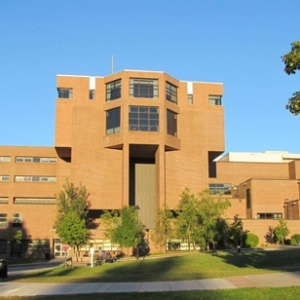Cx Associates has led the measurement and verification of energy efficiency demand management projects for Consolidated Edison Company of New York (ConEd) since 2016. ConEd powers New York City and Westchester County, and our work on this project ensures that the energy savings needed for grid reliability are being achieved and maintained. These projects include HVAC technologies and upgrades, battery storage, fuel cells, lighting controls and retrofits, and Building Automation System demand response enablement and optimization. We provide recommendations on program methodology and content, review M&V guidelines intended for customer consumption, and perform desk reviews, among other responsibilities.
Con Edison Measurement & Verification
Topics: Energy Efficiency Evaluation Measurement & Verification (EM& Utility Efficiency Program
Vermont Precision Tools
Cx Associates was brought in to assist with identifying opportunities to improve thermal and humidity control in key manufacturing areas and to help VPT reduce energy use. Cx undertook testing, including measurement and verification, of existing systems and conditions, identified design solutions and oversaw their implementation.
Topics: Energy Efficiency Energy Management problem solving industrial/manufacturing Commercial and Industrial
University of Vermont Medical Center McClure AHU Modernization
Cx Associates supported the project by acting as commissioning agents as well as performing project engineering of the control sequences. Our work also included developing specifications and sequences of operation, verifying performance of the new equipment in the field, and estimating the energy savings for use by the local utility to facilitate a significant rebate for the project. Cx Associates completed a comprehensive and highly successful upgrade to UVMMC’s McClure HVAC system that resulted in energy savings of over $100,000/year for the facility. This project also increased the effectiveness of the building operations team by giving them the tools they need to efficiently operate this complex system. In addition, the system will experience significantly less downtime for repairs and maintenance costs in the future.



